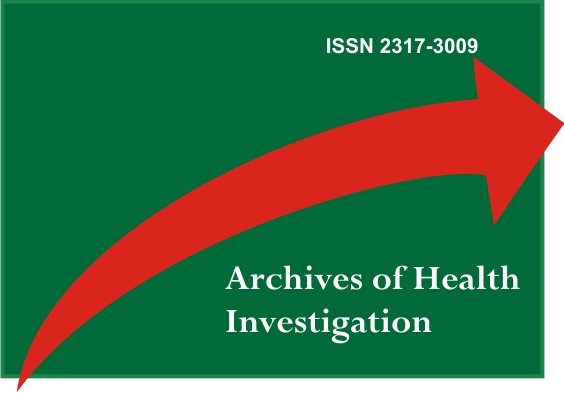Liberación del Dedo en Gatillo por Retinaculotomo: Técnica y Reporte de Caso
DOI:
https://doi.org/10.21270/archi.v11i4.5874Palabras clave:
Trastorno del Dedo en Gatillo, Ortopedia, Procedimientos Quirúrgicos OperativosResumen
El dedo en gatillo es una afección frecuente en el cirujano de la mano que acude diariamente a consulta. El manejo comenzó con métodos no operativos. La ausencia de mejoría podría obligar a diferentes técnicas quirúrgicas, como la liberación abierta, los abordajes miniabiertos y el abordaje con aguja percutánea. Respecto a los abordajes abiertos, existen muchas alternativas para liberar la Polea A1, como bisturí, navajas o tijeras. Este estudio tiene como objetivo presentar un Retinaculotomo diseñado como un Cuchillo de Empuje Modificado, para liberar la Polea A1 para el manejo del dedo en gatillo.
Descargas
Citas
Dunn MJ, Pess GM. Percutaneous trigger finger release: a comparison of a new push knife and a 19-gauge needle in a cadaveric model. J Hand Surg Am. 1999;24(4):860-65.
Zhang WB, Yao DW, Wu WX. [Ultrasound-guided needle-knife for trigger finger]. Zhongguo Zhen Jiu. 2019;39(8):867-70.
Schramm JM, Nguyen M, Wongworawat MD. The safety of percutaneous trigger finger release. Hand (NY). 2008;3(1):44-6.
Abdoli A, Asadian M, Banadaky SHS, Sarram R. A cadaveric assessment of percutaneous trigger finger release with 15° stab knife: its effectiveness and complications. J Orthop Surg Res. 2021;16(1):426.
Jongjirasiri Y. The results of percutaneous release of trigger digits by using full handle knife 15 degrees: an anatomical hand surface landmark and clinical study. J Med Assoc Thai. 2007;90(7):1348-55.
Saengnipanthkul S, Sae-Jung S, Sumananont C. Percutaneous release of the A1 pulley using a modified Kirschner wire: a cadaveric study. J Orthop Surg (Hong Kong). 2014;22(2):232-35.
Cromheecke M, Haignère V, Mares O, De Keyzer PB, Louis P, Cognet JM. An Ultrasound-guided Percutaneous Surgical Technique for Trigger Finger Release Using a Minimally Invasive Surgical Knife. Tech Hand Up Extrem Surg. 2021:26.
Joseph, Jain MD; Ditmars, Donald Jr. MD Percutaneous Trigger Thumb Release: Special Considerations, Plast Recons Surg GO. 2018;6(6):1758.
Smith J, Rizzo M, Lai JK. Sonographically guided percutaneous first annular pulley release: cadaveric safety study of needle and knife techniques. J Ultrasound Med. 2010; 29(11):1531-42.


